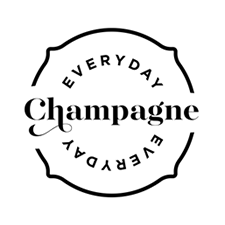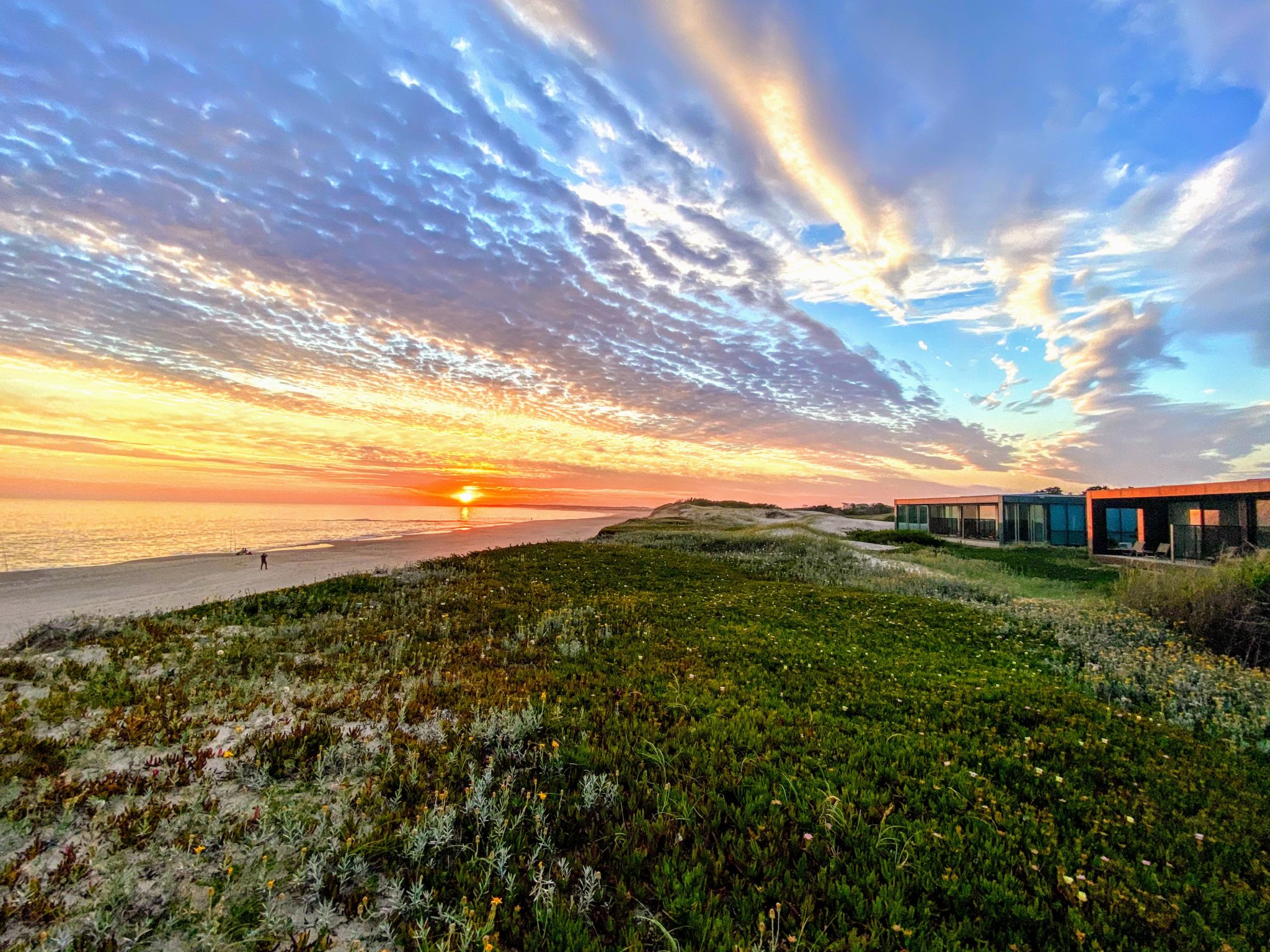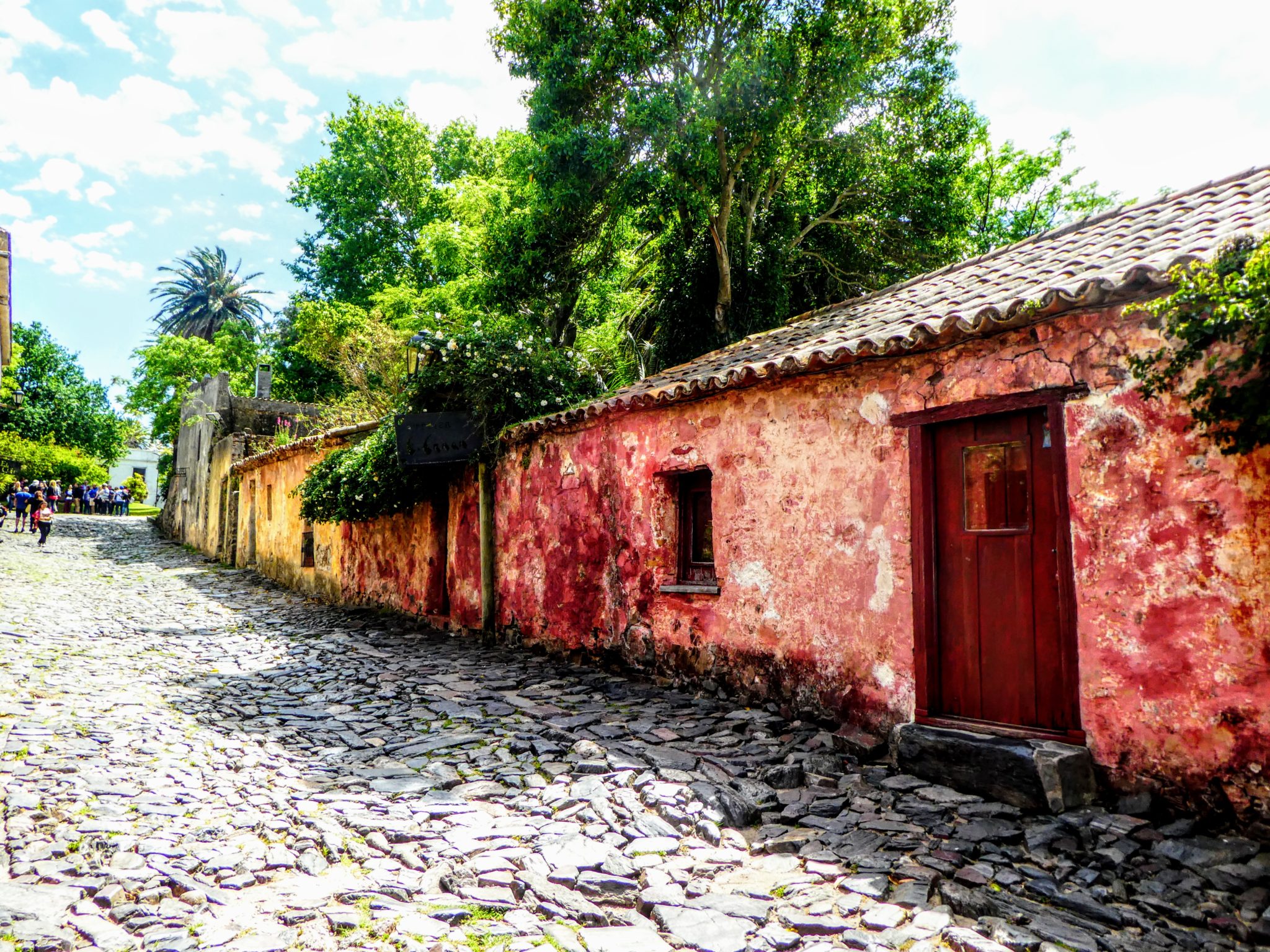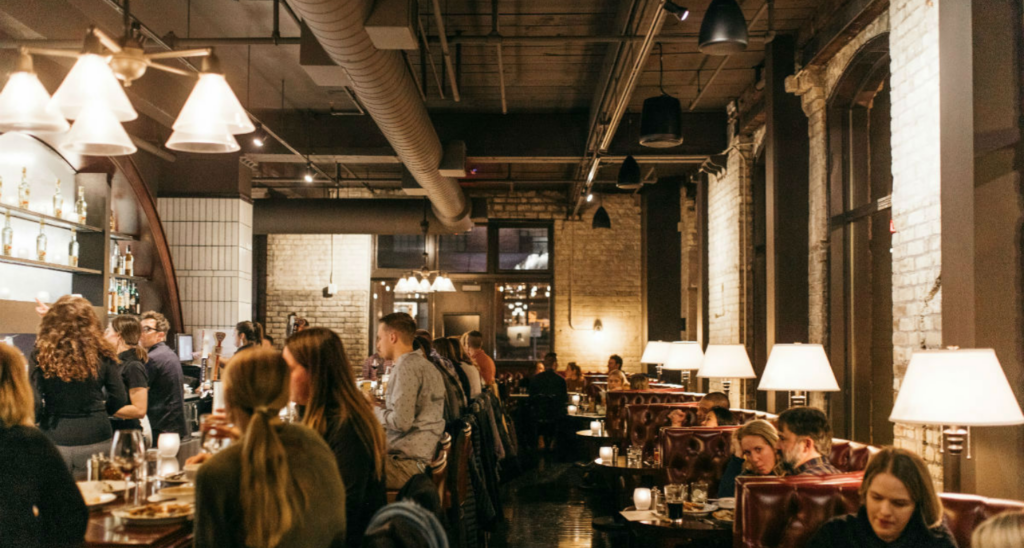December 27, 2019
We have no clue why we chose Uruguay. Over happy hour our first night meeting in Buenos Aires, we couldn’t actually remember who came up with it.
So in this case, when people asked “Why Uruguay? (naturally followed by “Where is Uruguay?”), we actually didn’t have an answer. We did, however, know it was in South America—so we were one up on most of them.
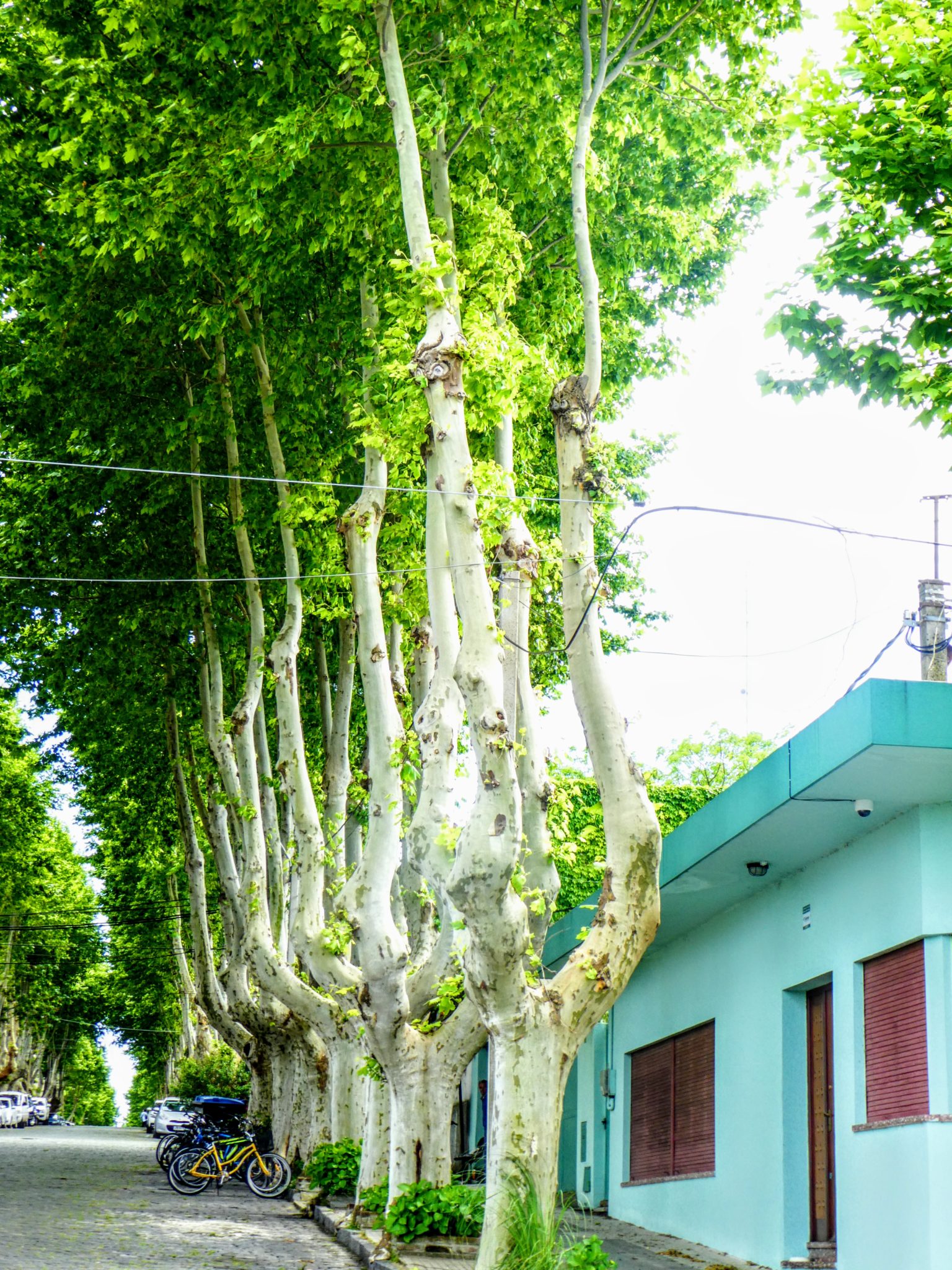
And what did we know about it? Practically nothing. I thought I remembered something about it looking like Italy. Niki knew there were tons of beaches. (It is on the Atlantic Ocean, of course). David, ever the history buff, knew the Graf Spee was sunk there in WWII (Google it; a little history will be good for you).
Did we have a guide picking us up at the ferry dock? We thought so. But who knew we were taking a ferry? How much was the guide going to be with us during the trip? Road bikes or mountain bikes? No idea.
So here we are embarking on another adventure, going in cold. Sometimes the element of surprise is more fun. (Let’s go with that. We don’t need another reminder of how insane we are.)
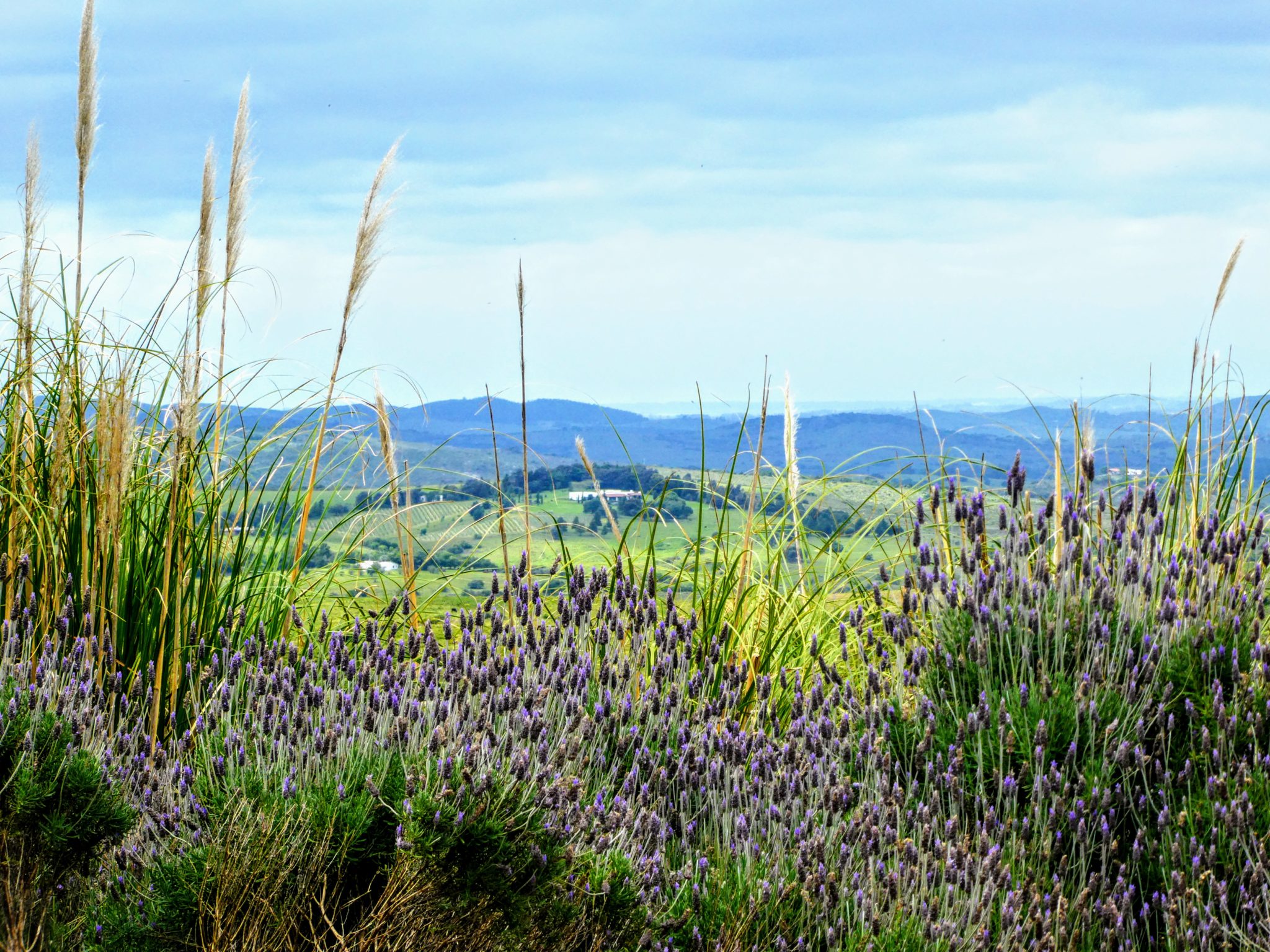 Here’s what we know now:
Here’s what we know now:
Uruguay was a big surprise in a small package. It’s a tiny spot sandwiched in between the behemoth Brazil and the overwhelming Argentina. For being small, it has a rich diversity in landscape, with everything from rivers and ocean beaches to sand dunes to wineries, sometimes with grapes growing right in the sand. The sand dunes will remind you of the windswept beaches of Cape Cod, and the wine-growing areas look suspiciously like Tuscany. It’s basically Argentina’s beach resort, complete with good food and lots of wine.
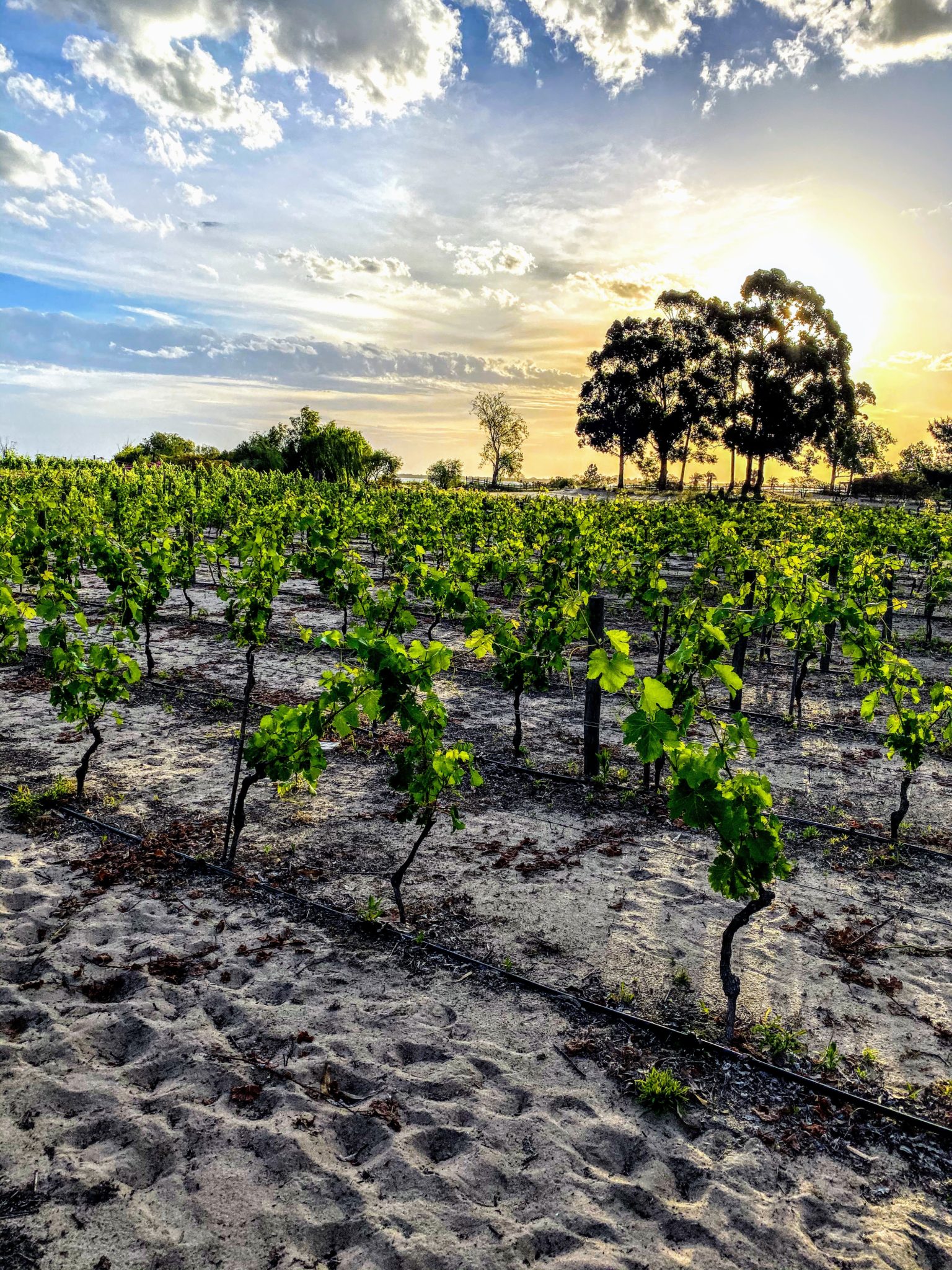
The major food groups in Uruguay, at least for us, were as follows: meat, dulce de leche (basically caramel), and provoleta (fried cheese) and Tannat wine. There was quite a bit of fresh fish, too, which was almost like eating health food in comparison.
It’s very agricultural and dominated by the animals (hence, the meat). Uruguay has 12 million cows and 3 million people, so interactions with the animals are frequent. While the horses are fairly standoffish, the cows are downright judgmental—especially if you’re bicycling alongside them. They give you this look that says, “With the advent of cars, why are you idiots pedaling on bikes?” It’s worse if they smell the woodfire on you from the night before and suspect you ate their cousin for dinner. Then they simply turn away in contempt. The sheep mostly baaaahhhh and we’re not sure all that yelling is in greeting or mocking.
Uruguay is actually pretty easy to get to, once you read your itinerary to see it’s a short ferry ride from Buenos Aires (BA). After a short stay in BA and a quick stop in Iguazu Falls, we ferried to the old city of Colonia del Sacramento.
Our trip started in the west on Rio Plata, then spanned to the more popular beach destinations on the Atlantic Ocean in the east.
From West to East, Our Greatest Hits:
Colonia del Sacramento
- The history in Colonia del Sacramento, a Unesco World Heritage site, with a mixture of colorful Spanish and Portuguese architecture from the 1600s.
- Arriving in Carmelo, where the wine vines grow straight out of the beach sand.
- Lunch at El Legado winery, with a variety of meats from the wood-burning grill in the backyard. The fowl wandering the property came to thank us later for sparing their poultry family.
- Our first (of many) Tannat tastings at Cordano.
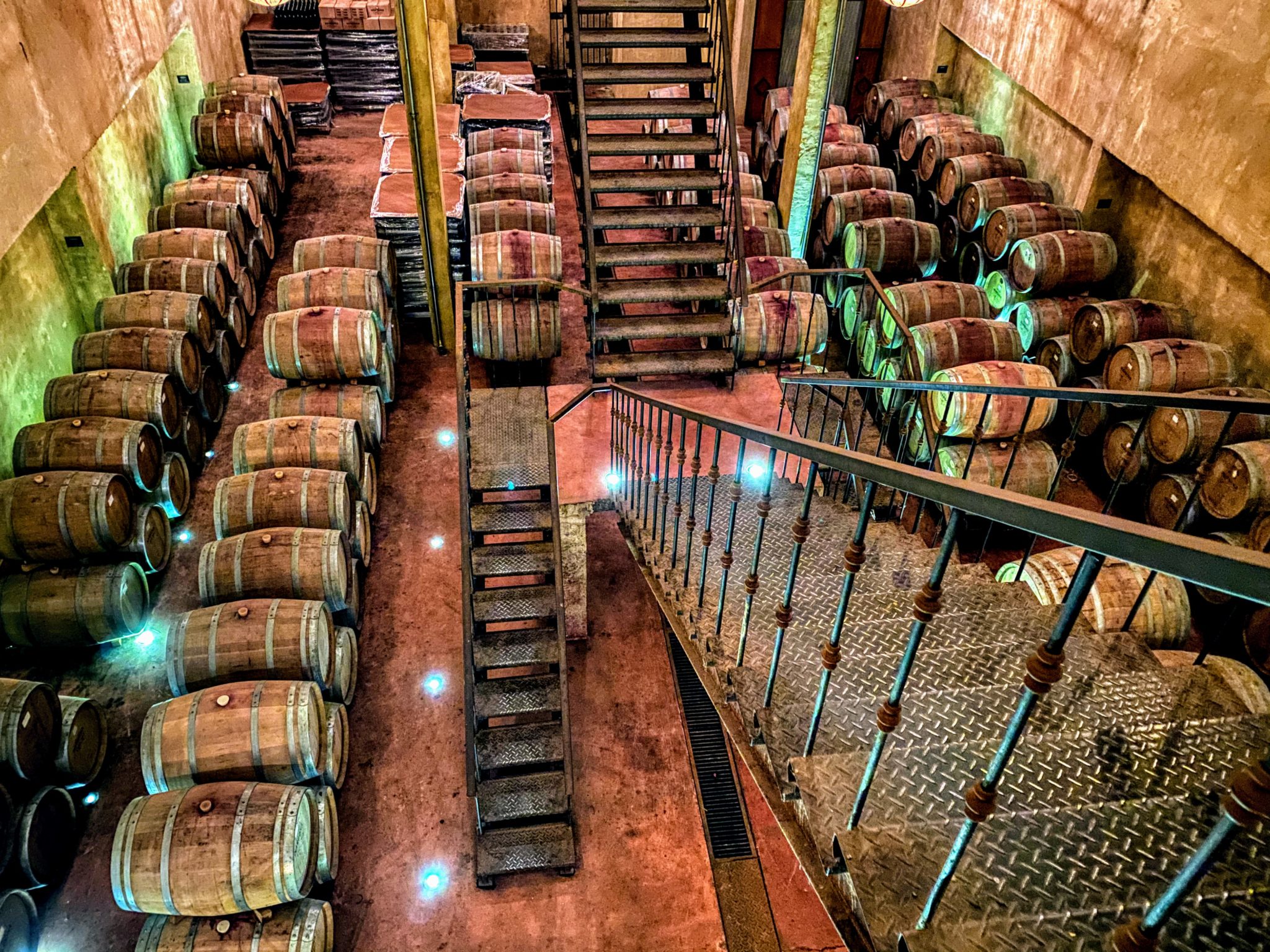
- Eating fresh oranges in the bright spring sun after a long bike ride. (They were, by the way, mountain bikes. Our analogy is that mountain bikes are to road bikes what army tanks are to Ferraris. Try pedaling an army tank uphill when it seems every direction you turn has a headwind.)
- The windy sunset river cruise in Rio Plata.
- Dinner and the winery tour at Narbona, where the family of owners has a remarkable collection of small hotels, restaurants, and retail stores selling their wine and gourmet foods (all made in-house).
- Eating the dulce de leche from Narbona for every meal. On croissants, in desserts, on desserts, from my finger, and from the front of my shirt, where it often ended up. I would have eaten it off my shoe, had the opportunity presented itself.
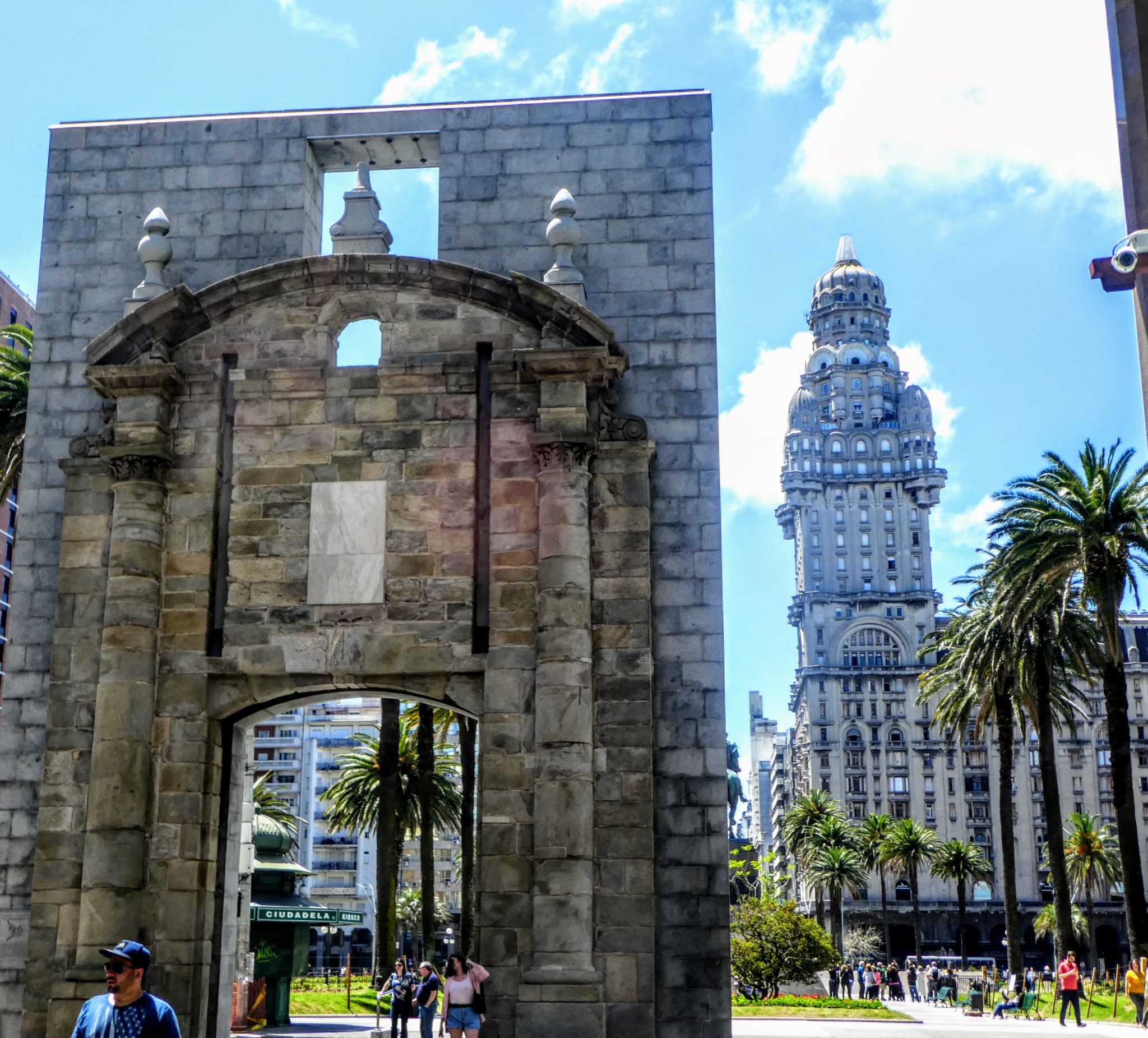 Montevideo
Montevideo
- The Mercado del Puerto, a maze of restaurants and food stalls with massive parillas (grills) that puts any US food hall to shame. Every food stall seemed to have the exact same grill menu, so the game was pinpointing why the super-busy stalls were so busy.
- Meeting Fernando “Lobo” Nunez, the drum-maker and friend of Mick Jagger.
- The bike ride down Las Ramblas, the endless path next to the water, dodging small dogs and joggers in the warm sun.
- The crazy lobby of the Sofitel, a renovated classic hotel with a dominant position on the water.
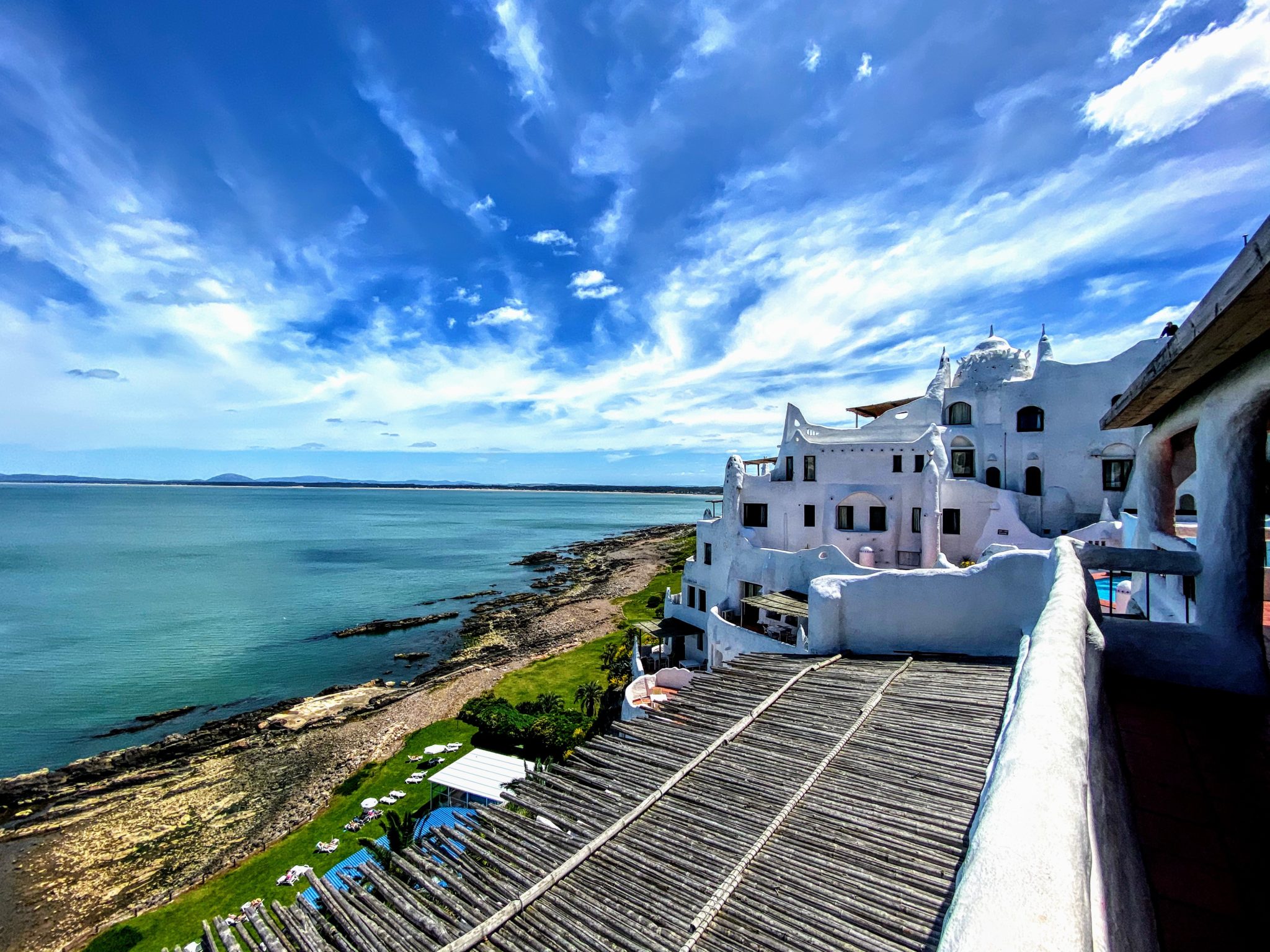 Punta del Este to La Barria
Punta del Este to La Barria
- Casapueblo, one of the craziest pieces of architecture we’ve ever seen. It’s almost Gaudi-esque, perched on a hill over the ocean and built over time by Uruguayan artist Carlos Páez Vilaró.
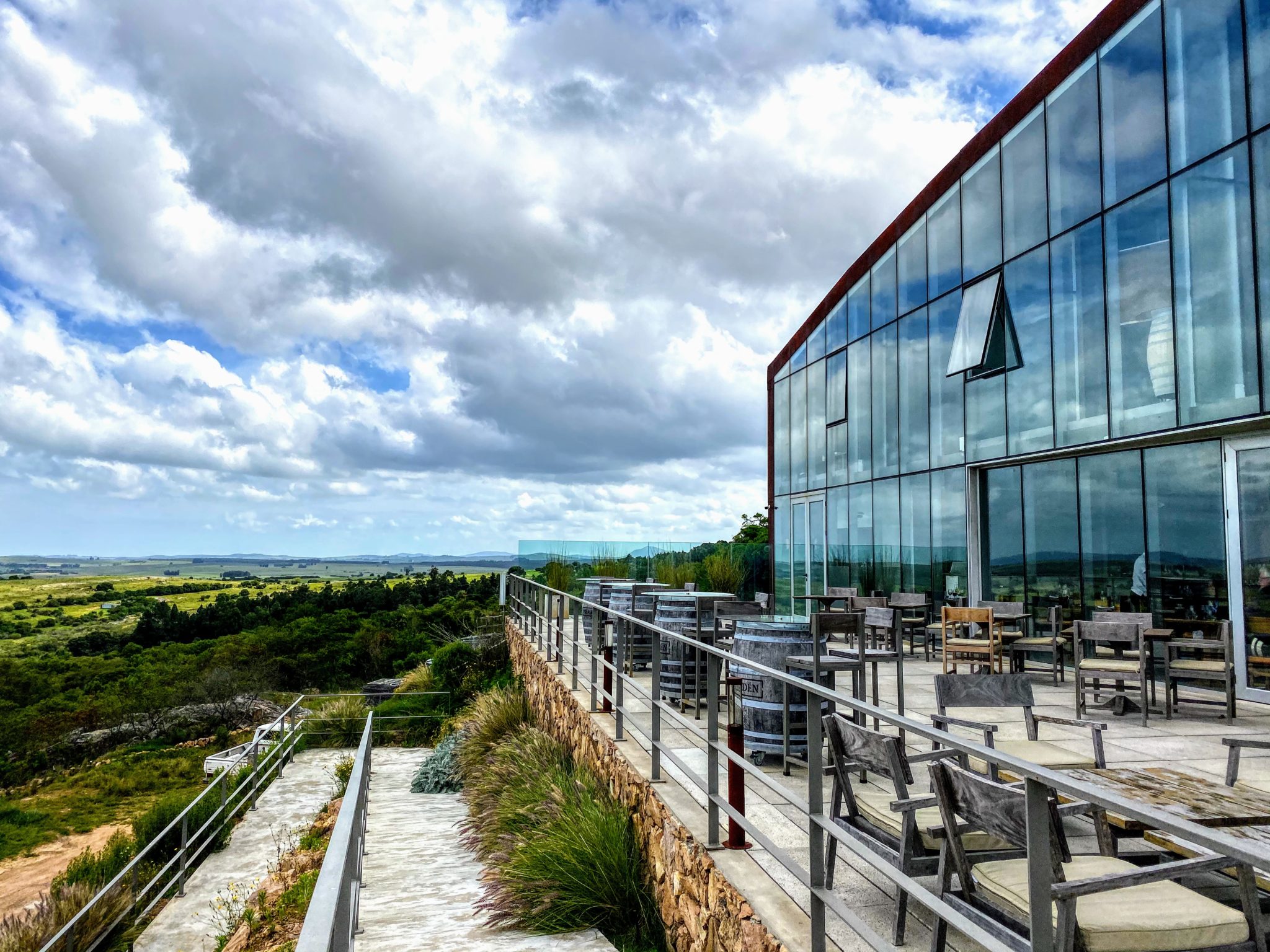
- Bicycling to Lote 8 (a small, high-quality, family-run olive oil producer), then climbing the hill to Vina Eden winery for a boozy lunch.
- Eating provoleta at every meal (yes, fried cheese all day, everyday).
- The view and sunrise/sunset from our room at the funky Fasano Hotel.
- Bicycling among the horses and cows (see above). Even with the mocking, they were entertaining company.
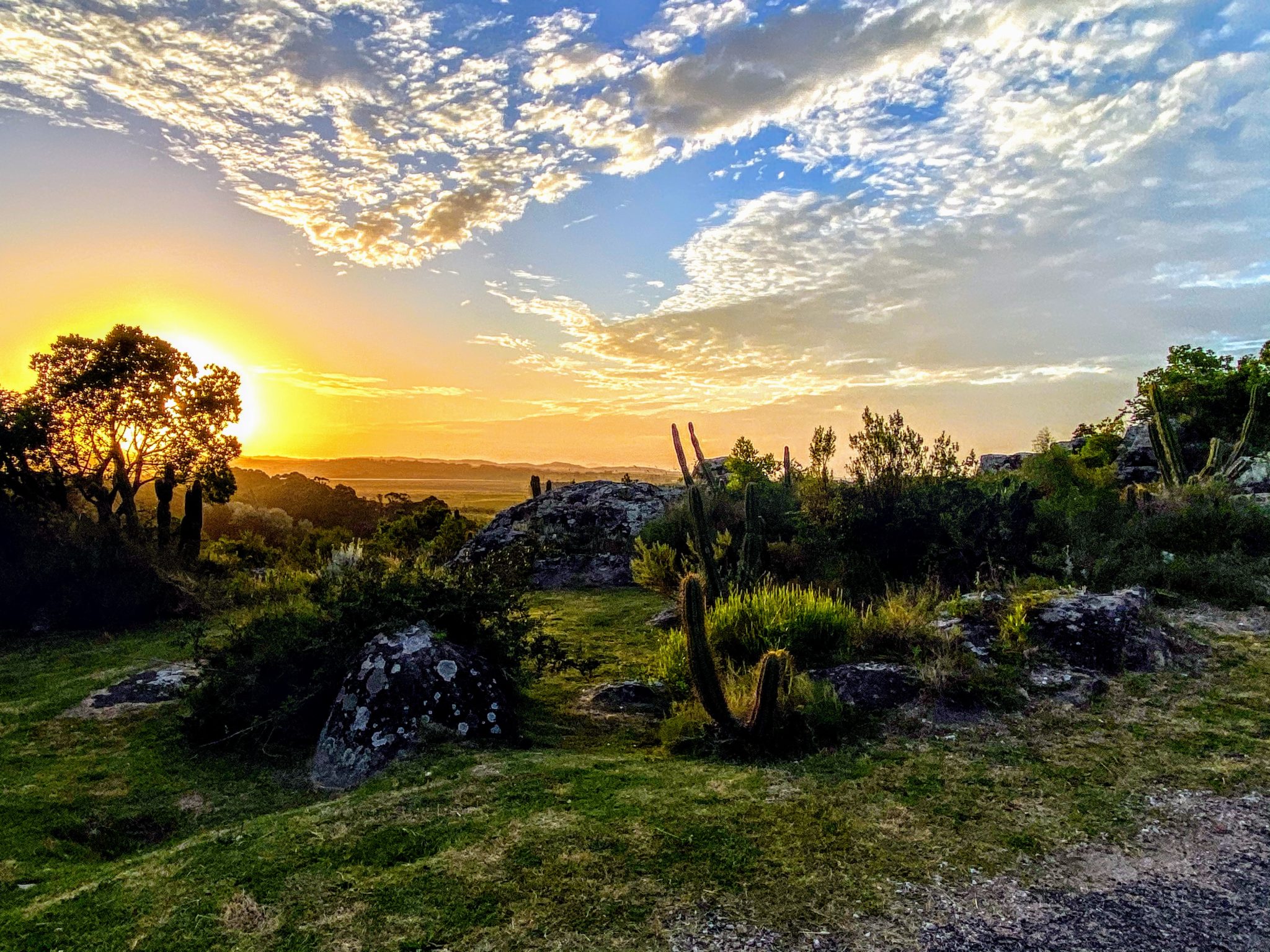
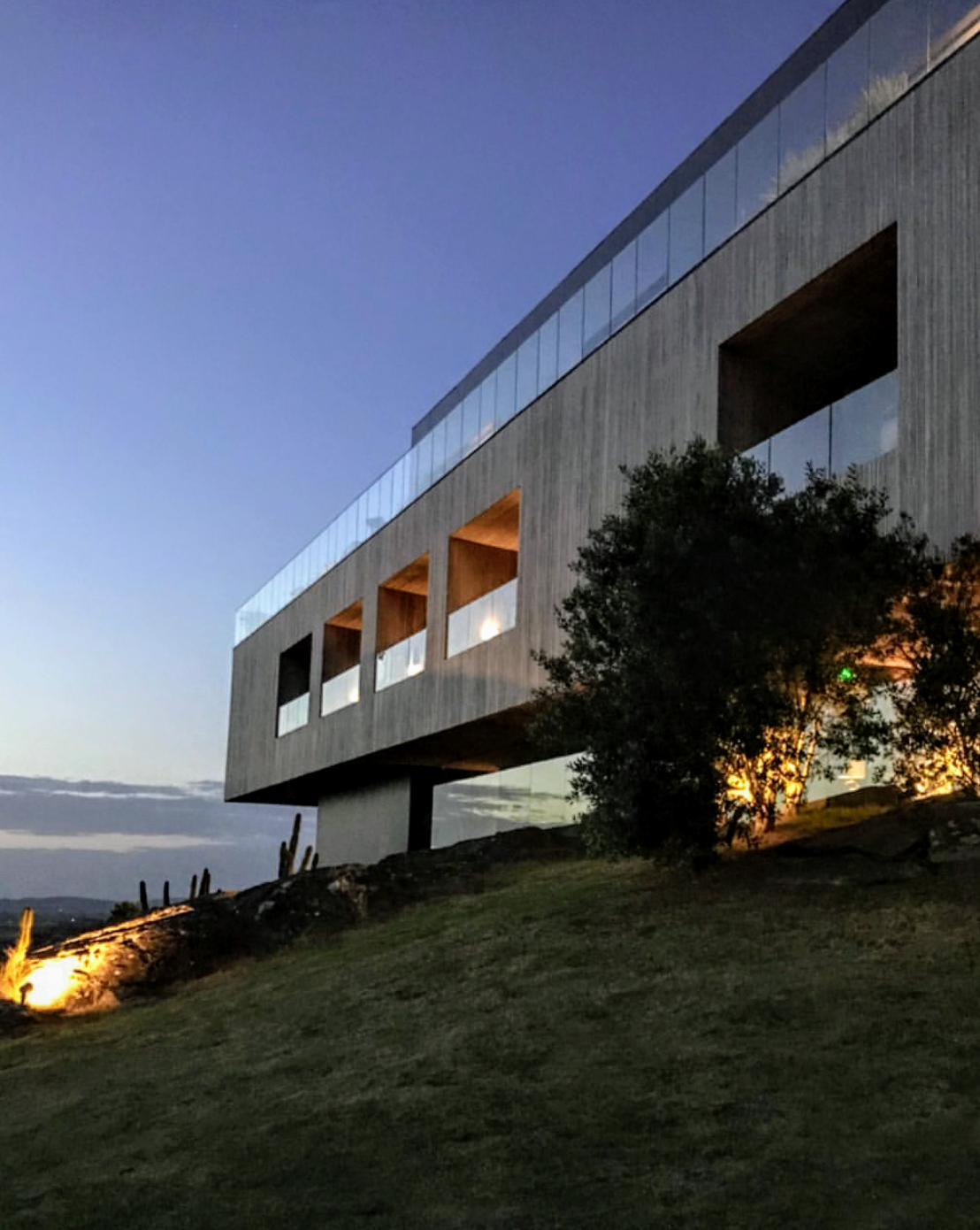
 Jose Ignacio
Jose Ignacio
- Lunch sitting outside at Francis Mallmann’s Garzon. It was the best meal of the trip, highlighted by dulce de leche ice cream. The perfect 80-degree day had a small interruption of a 10-minute downpour that we were lucky enough to watch from under our outdoor trellis.
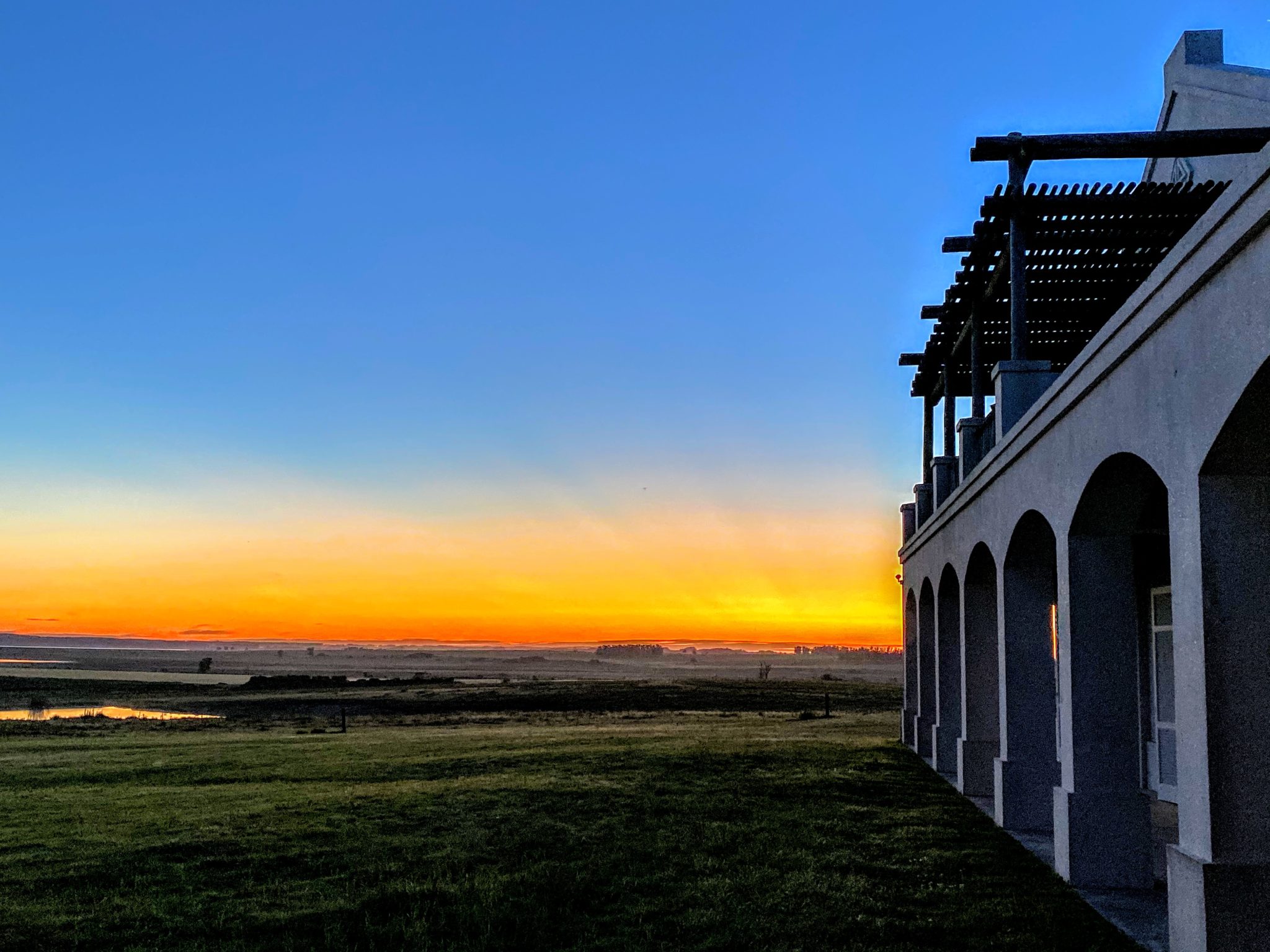
- Sunset from our beachfront villa at Bahia Vik.
- Picnic lunch over the wood-fired grill in the sand dunes prepared by our guide team, while we drank wine in the sun and watched them cook.
- Walking the beach from Bahia Vik into Jose Ignacio for lunch at the uber-popular La Huella. Eating grilled fresh seafood, sitting outside on the sand dunes.
- Walking the property and greeting the horses in the peaceful wide open early morning at Estancia Vik. (After the night before’s dinner al fresco in the dead quiet you only find in the middle of nowhere.)

